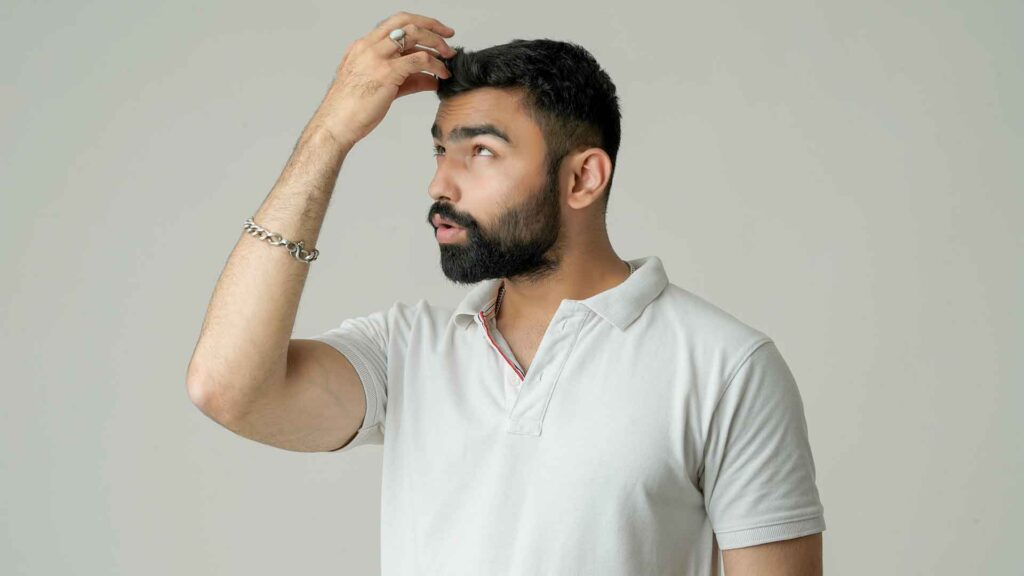
Hair transplants are a common procedure for those suffering from hair loss, but it’s a decision that requires full understanding and shouldn’t be made lightly. There are different types of hair transplants, including FUE, and Strip FUT. If you think that surgery may be the right path for you, Adgrohair doctors will be happy to talk you through the different options available to ensure you make the best decision.
In the meantime, here are four things you may not know about hair transplant surgery.
It’s unlikely you’ll need just one hair transplant
The average hair transplant patient will need between two to three surgeries in their lifetime.
This is because hair loss is a progressive condition; it doesn’t just stop and correct itself after one treatment.
The transplanted hair from any procedure will stay firmly planted; other areas will likely need attention as time goes on. Keeping this in mind and not expecting a quick all-in-one fix is important for anyone considering the operation.
Women can have hair transplants
We often get asked if hair transplants can be given to women, as they are commonly perceived as something only used for treating male pattern baldness. But this isn’t the case. Women may also require hair transplants for reasons including: Female pattern baldness, involving the front hairline
Hair loss due to burns, trauma, or surgery. Traction Alopecia due to tight hairstyles. If you’re suffering from hair loss or balding, a hair transplant could be a valid option for you, regardless of your gender.
Hair transplants don’t give immediate results and you will experience shedding
Although hair transplants results are long term, they do not give instant results and it may take more than a year to see the full impact. During recovery, expect to see newly transplanted hair falling from your head. This does not mean something has gone wrong; it’s simply because the old hair shafts break off before the implanted hair roots manage to produce new hair follicles. The real results from a hair transplant are most often seen around eight or nine months after the surgery and can sometimes take more than a year.
You may experience permanent scarring
Anyone undergoing a hair transplant may suffer from scarring to varying degrees depending on the skill and experience of the surgeon to some extent, but also down to the individual patient’s genetics and healing characteristics. The type of procedure you have chosen or recommended for you will also determine the type of potential scarring you might expect. Understanding this is important before deciding to proceed. Here at Adgrohair, we also want to stress the importance of looking after your hair follicles and the remaining hair that you do have through non-surgical treatments, even when you’ve decided to pursue hair transplantation.
During your initial consultation, your hair loss will be assessed and you will be taken through the pros and cons of each of our hair treatment options both surgical and non-surgical so that you are in the best position to make an informed choice
Bear transplant is an art and not many surgeons are expert or proficient in it. Adgrohair surgeons have expertise in the procedure and have delivered fantastic results so far to many clients across South India. The beard and mustache transplantation procedure was applied using the Percutaneous FUE (Follicular Unit Extraction) technique. Single and thin grafts (hair follicles) are collected from the back of the head where the hair is strongest. The collected grafts are planted in the gaps in the beard and mustache, using the percutaneous technique, in a way that best suits the facial features of the person.
It is an application frequently preferred by people who do not have a beard or mustache or who have problems with partial shedding. The success of result does not depend only on the surgery itself. Important role plays the post operation time and life style of the client. The client should follow all the recommendations and instructions. In some cases, it is necessary to take vitamins and another supplements. Our Adgrohair team works on the extraction of quality grafts which consist of 3-4 follicles in one graft. Grafts with single follicle being implanted just to the very front line to obtain natural look. Implantation to all other areas with 3-4 follicles in a graft makes it easy to reach maximum density even for big zones of alopecia.
From the previous statement we can also say that extraction of quality grafts allows us to collect it without any damage to donor area. The quality not the quantity is the key of successful operation.
Few people know, that the most auspicious time to have a surgery is autumn, winter and spring. Of course client may have this procedure in summer time as well, but he then should be more careful during the healing process. It is forbidden to die or color hair during 8 months from the surgery day.
The client should consult our Adgrohair surgeon for used medications and stop using some hormonal preparations in some cases. Visit our Adgrohair clinic in your city and get a consultation done to understand the art of percutaneous FUE and its key features. Depth, direction, density and optimum sustainability is our key mission.


